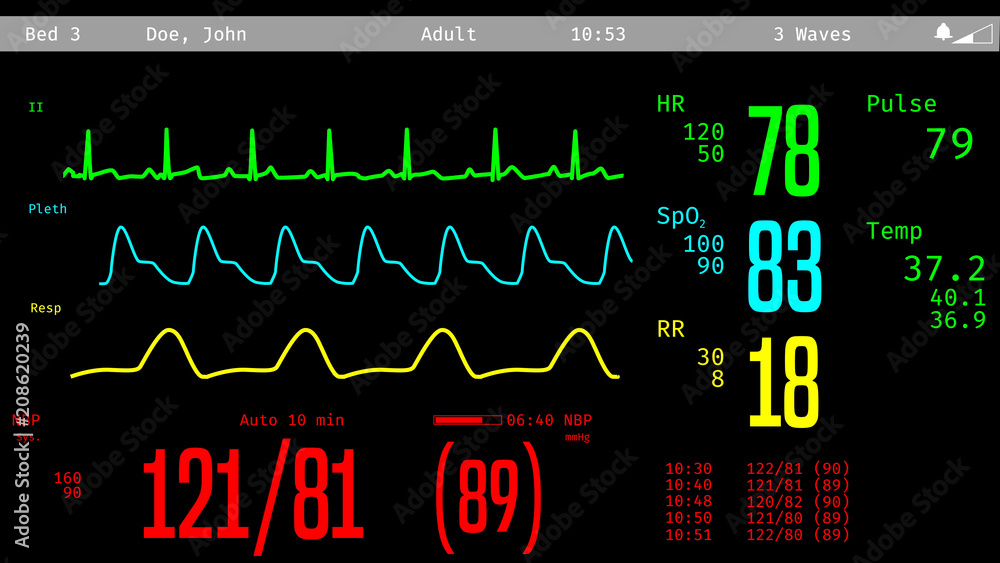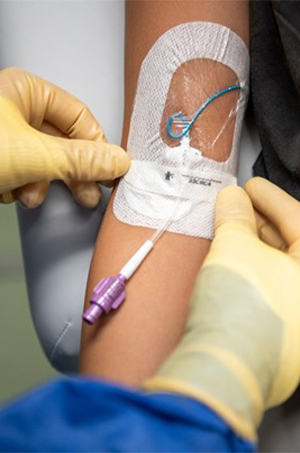Is Acute Care For Me? My Story
My foray into acute care was bumpy. After a stressful fieldwork II experience at a hospital, which I barely passed, I swore off acute care, telling myself I just didn’t possess the natural abilities needed for it. I came back to it later after having two years of experience at a SNF, which provided me with some medical knowledge and confidence as a therapist. I applied for per diem positions for a full year before finally getting hired.











